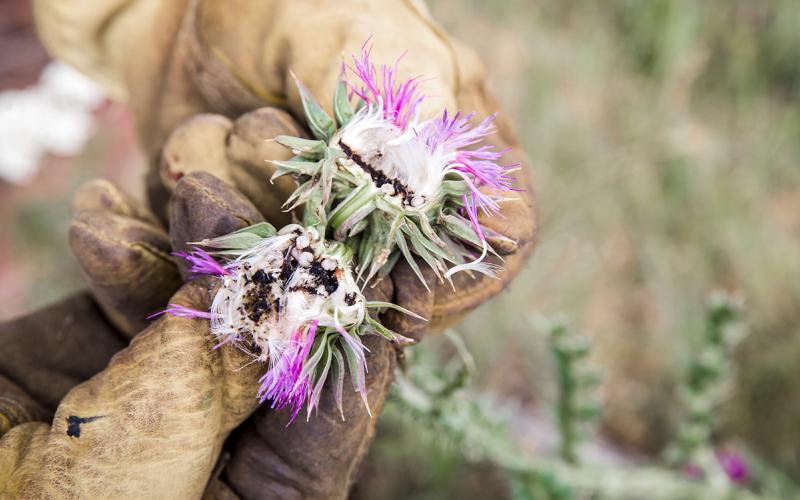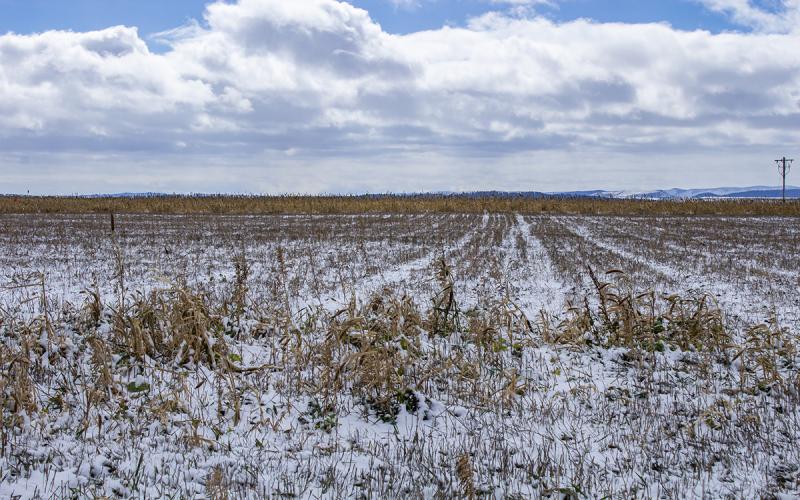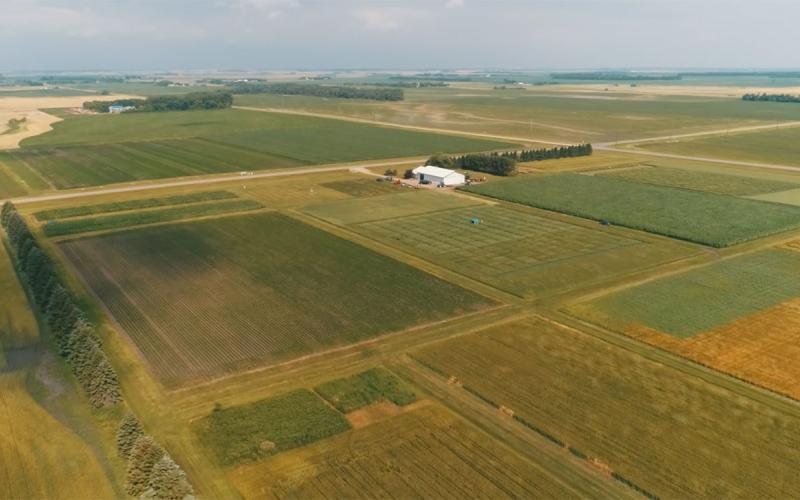At this time during the growing season, many herbicides cannot be applied to crops in the reproductive growth stage. However, weed management can still be implemented.
Control weeds adjacent to fields.
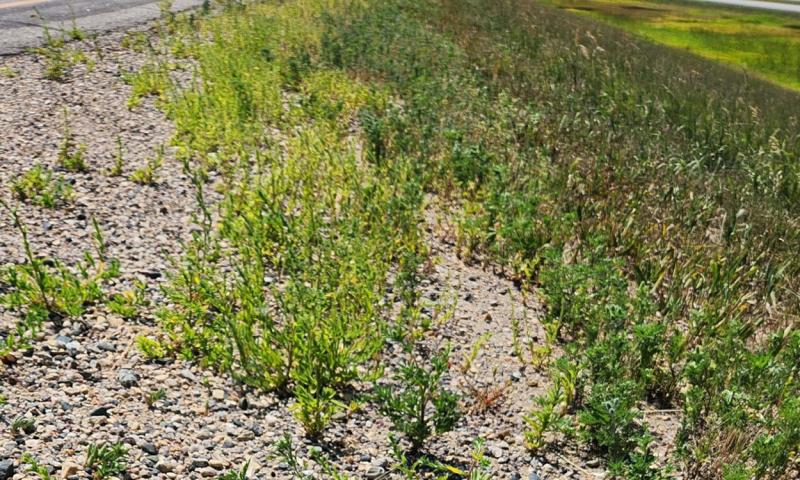
Fence lines and road ditches adjacent to crop fields are usually inhabited by weeds (Figure 1). While these weeds will not reduce crop yield or harvest efficiency, the seeds produced by these weeds can encroach on crop fields.
Mowing road ditches is a viable option for control if the weeds have not started to produce seeds. If viable seeds are present, weeds should not be mowed, as the mower discharge can move the plant residue, including the seeds, into the crop field.
Spot spraying in road ditches and fence lines is a viable option as well. The most-viable herbicide option is dependent on the weed species present. For example, if kochia or waterhemp inhabit these areas, glyphosate will likely not be a viable option due to their widespread resistance to glyphosate.
Remove small, isolated weedy patches from the field.
Weeds that are mechanically removed should not be returned to the soil surface to eliminate the possibility of re-rooting (Figure 2). The mechanically excised weeds should be removed from the field and destroyed (Figure 3). Even if there is one weed that is present in the field, that one weed has the potential for thousands of offspring, and those offspring could possibly be resistant to previously effective herbicides (Figure 4).
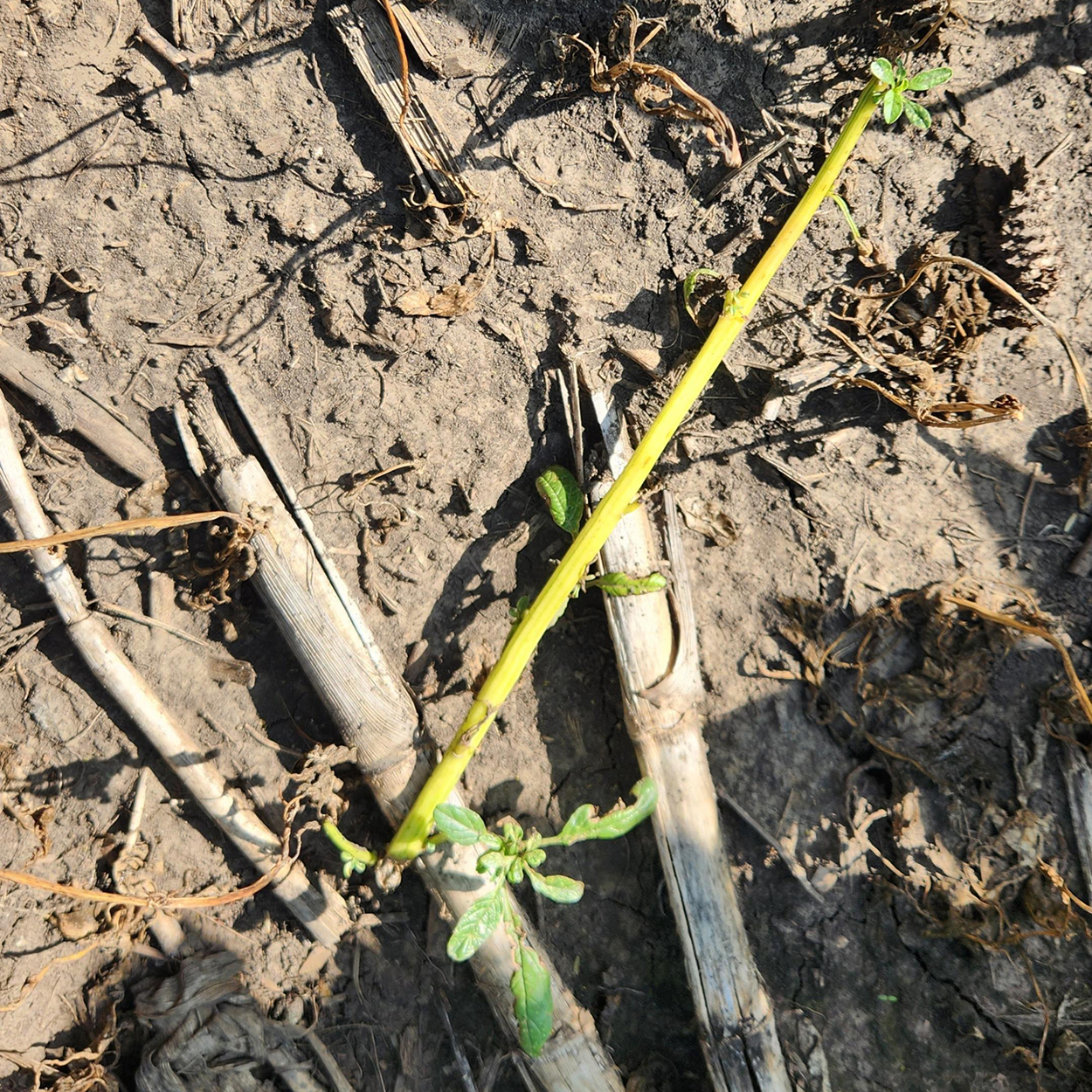
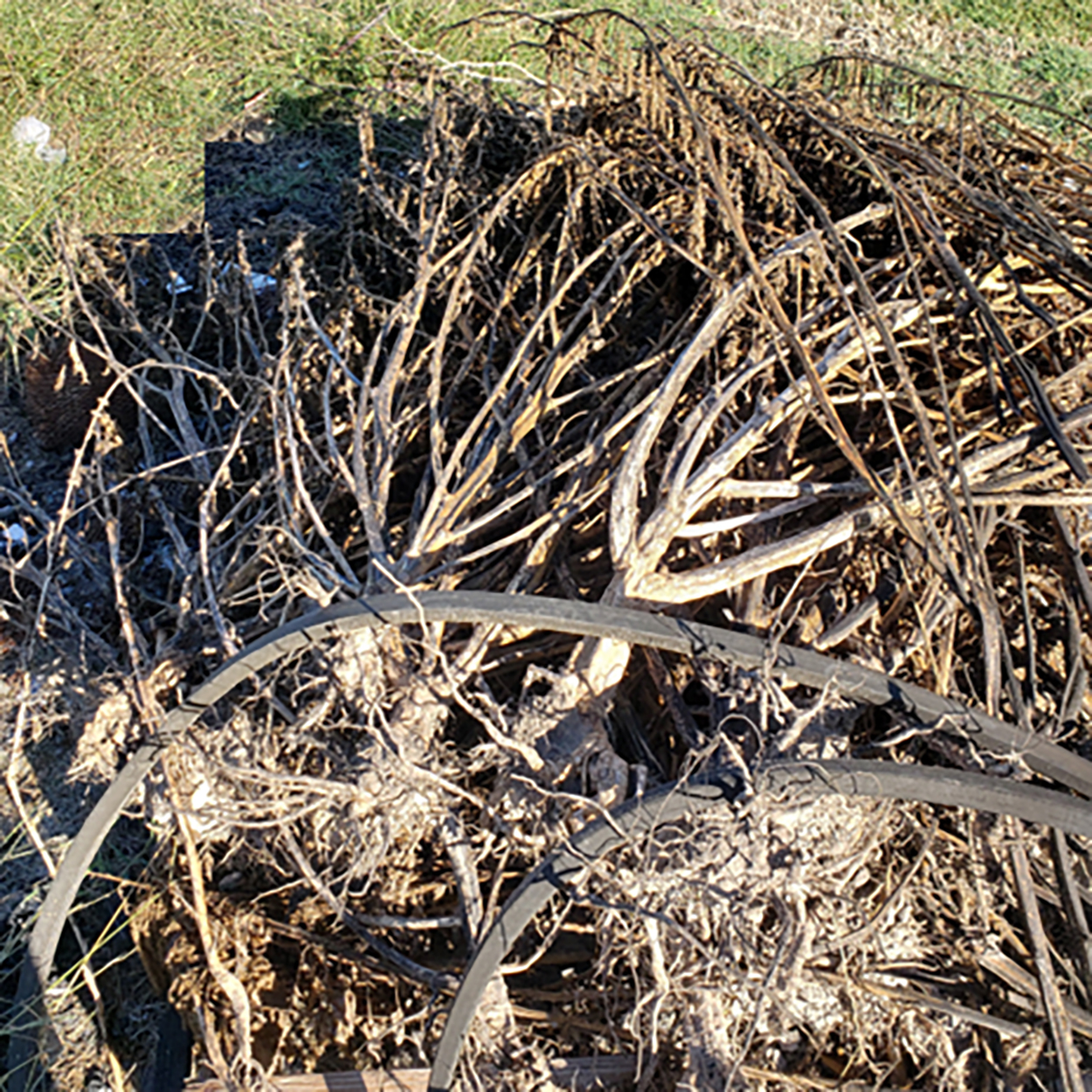
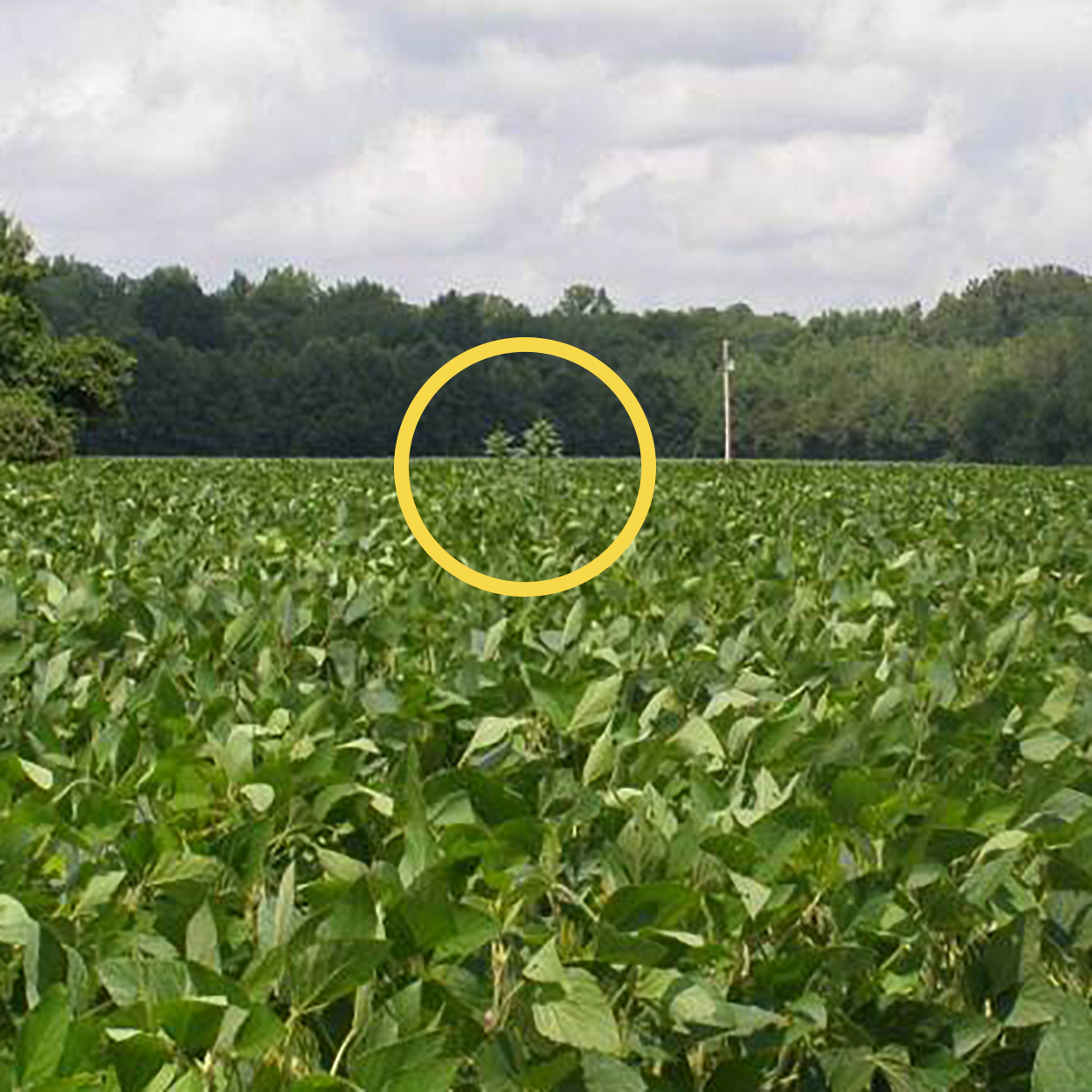
Start planning next year’s weed management.
The 2023 growing season presented a lot of challenges for South Dakota farmers. Crop planting was delayed, and hot, dry conditions started early in the season and have been persistent. Weed control ranged from poor to good with both pre and postemergence herbicide applications due to the hot, dry conditions. While every growing season is different and presents a unique set of challenges, prepare for the worst conditions, but hope for the best conditions.
- Determine herbicide choices and application timings.
Crop rotation will dictate what herbicides can be applied next season. If possible, try to diversify the herbicide groups used each season. Pre and postemergence applications of a single herbicide active ingredient should be avoided. Herbicides from different herbicide groups can be applied as tank mixtures to increase the spectrum of weed control and delay the selection of herbicide-resistant weeds. Additionally, consider herbicide applications (fall or early spring) prior to crop planting. The preplant herbicide applications are made before many weeds begin to germinate and, therefore, have more time to be transported via moisture (such as snow melt or rain) to the soil layer where weed seeds will be germinating. If the 2024 growing season also presents hot and dry conditions where the preemergence herbicide application does not provide adequate control, plan on making an early postemergence application to control the early emerging weeds with a follow-up application later in the season. - Implement non-herbicide management tactics.
While non-chemical management tactics are not as effective as herbicides, the effectiveness of control increases when several tactics are implemented together. Non-herbicide management tactics include planting date, prescription tillage (where applicable), narrow row spacing, fertilization (increase crop vigor), and crop rotation. Many of these non-herbicide management tactics can be implemented readily with current crop production practices.
